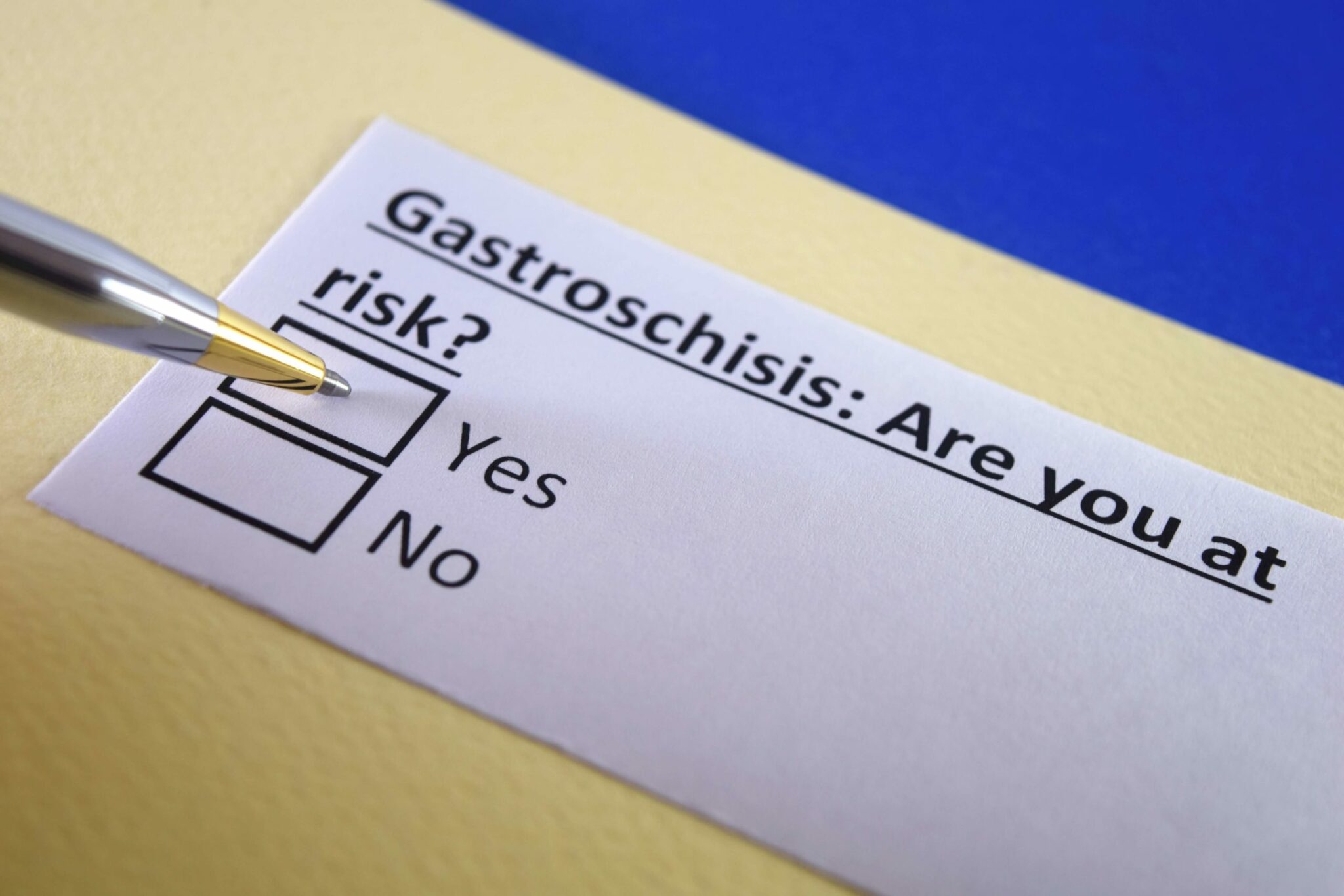Q&a With Jill Castle: how to Handle Snacks
1. Bundoo: When babies are first eating solids, a lot of parents quickly incorporate snack foods into the diet, like goldfish crackers and puffs. Is it ever too early to start introducing snack foods? Or do these count as meals when babies are very young?
Answer : Jill Castle: In the first two years of life, it’s important to remember that every bite needs to count toward good nutrition for your baby. Tiny tummies limit the amount of food your baby can eat at one meal, so frequent, small meals may better match nutritional needs at this age. Often, as parents transition baby to solid foods, the bottle or breast becomes the “snack,” offered shortly after solid feedings and sometimes between them. Traditional snack foods such as fishy crackers or puffs shouldn’t stand alone as a snack, but they are fine to use occasionally as part of a healthy meal or snack.
2. What are your recommended first snack foods? How does this fit in with the baby foods that most babies are eating at this age?
Answer : I like to see all children eat nutritious foods for snack time, and these foods shouldn’t differ much from what is offered at meals. The key is to make an assessment of what is being eaten throughout the day and make up any missing food groups or inadequacies as the day moves on.
Soft, ripe fruits, whole grains, cereals, whole milk yogurt, cheese, avocado, hummus, nut butter spread thinly on soft bread, or toast are healthy snack options for the older baby and young toddler. Unfortunately, some babies and toddlers are getting off to an unhealthy start by eating too many processed foods or sweets.
Of course, any food for a baby or young toddler should match his or her eating skills. For example, a baby may need coarsely mashed food, or she may be ready for finely diced food. A young toddler who has advanced skills may do well with shredded food or coarsely chopped foods.
3. Training taste can take time and patience, especially with stronger flavors. When should that start and how?
Answer : You can start your baby now around the 10-month mark with stronger flavors, especially since he or she will be transitioning to the family food at this point.
A little bit of a strong flavor goes a long way. For example, if you’re eating Asian cuisine, offer a taste of soy sauce on rice or chopped veggies. Or, dip your pinkie into soy sauce and let your baby taste it off your finger first. If he or she likes it, try a bit more as part of the meal, this time on rice, meat, or veggies. Taste training does take time and frequent exposure, so don’t get discouraged if your baby shows disinterest at first. Keep trying!
4. What foods should parents avoid exposing their babies to for as long as possible?
Answer : Hold off on regular exposure to sweets made with added sugar like cookies, ice cream, candy, cake (OK for the first birthday!), and other desserts. Soda, sweetened coffee drinks, lemonade, and other sugary beverages are also undesirable because they may contain extra sugar and caffeine (soda and coffee drinks). These foods don’t add nutrition to your child’s diet, and may even crowd out important nutrients.
Powered by Bundoo®










































